OK Guys, this could turn out to be a very long post since it will condense the work I’ve done over the past year in my basement. Maybe you will understand, why the activity on my blog was a bit low during this time 🙂 If you just want to read about the technics, jump to the TL;DR section.
Introduction
I know what you digged last year?
Around September last year (2021), I did just what I regularly do, watching the electric energy prices on EPEX on Energy-Charts. Since a few weeks at that time, I already realized, that the spot prices where raising a bit, but did not yet investigate it. But in September, I could not resist to have a look at the gas prices, since these control the maximum prices for electricity (merit-order) and I got a bit of a shock: The gas price was raising with quite a high ratio. And the reason was found quickly: Some of the gas storages had a astonishing 0% level and in December, also the news media realized, that there was something going completely wrong. In January, many more people realized, that the storage levels have been a bit low.
As a mole, you feel, when there is something bad happening in the underground and I decided to prepare for a new heating system, including solar electricity production and battery storage. Already in September, I started to learn about heat pumps, LiFePo batteries and searched for partly transparent solar modules to be installed on a car port, that are certified for over-head mounting without an additional roof cover below the modules. Even moles don’t like dark corners around the mole hill and the garage 😛
Self-teaching all this is not a big problem, if your background is that of an electronic engineer with a diploma grade and with physics and solar as your hobby. So I felt to be trained enough end of 2021 and ordered the heat pump (at this time, it was on stock and the price was 2.800 €), the heat storage (at the time of ordering, it was around 2.100 €), the batteries (on Aliexpress for around 2.700 €) and all the important components I expected a supply shortage (charge controllers, grid-inverters) in January.
I decided to use an air-to-water heat pump. It makes no sense for moles to draw the heat from the ground 😛
It took until mid of february, until I found a supplier that was willing to sell these special PV modules to private people, but I found one in the end. These special modules cost around 1.000 €/kWp including mounting stuff, but for me, there was not an option. I can not create a dark corner in front of my garage. The neigbours (no moles) would simply kill me and I also think it looks ugly.
In the meantime, beginning of March, relatives of my wife escaped from Ukraine and found to our place to stay some time (March to August). I quickly decided to tear out that old 70s bar in the basement and prepare a living and sleeping room for them. And to fence off a part of the room for the heat storage of my new heating system.

Some hours later…

Some days later…

And even some more days later…

While waiting for the heat storage (approx 250 kg) and for friends helping to carry it down into the basement, I also prepared the battery storage in the old sauna, that could be entered through the passage on the right in the previous picture…


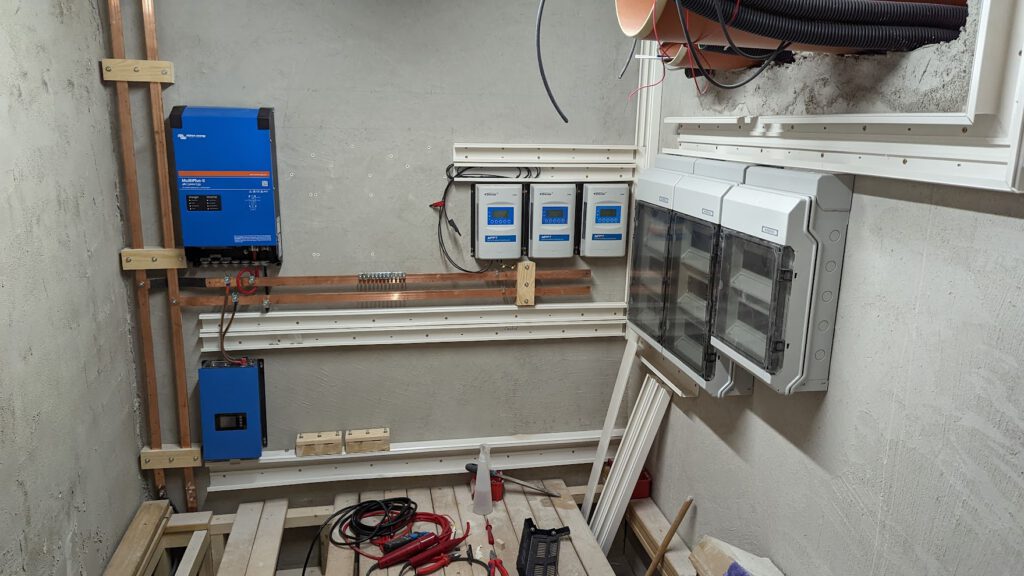
TL;DR – The Technical Groundwork
Welp, now after presenting some of the pictures, the more interesting part is the technical description of all that stuff…
The Heating Sytem
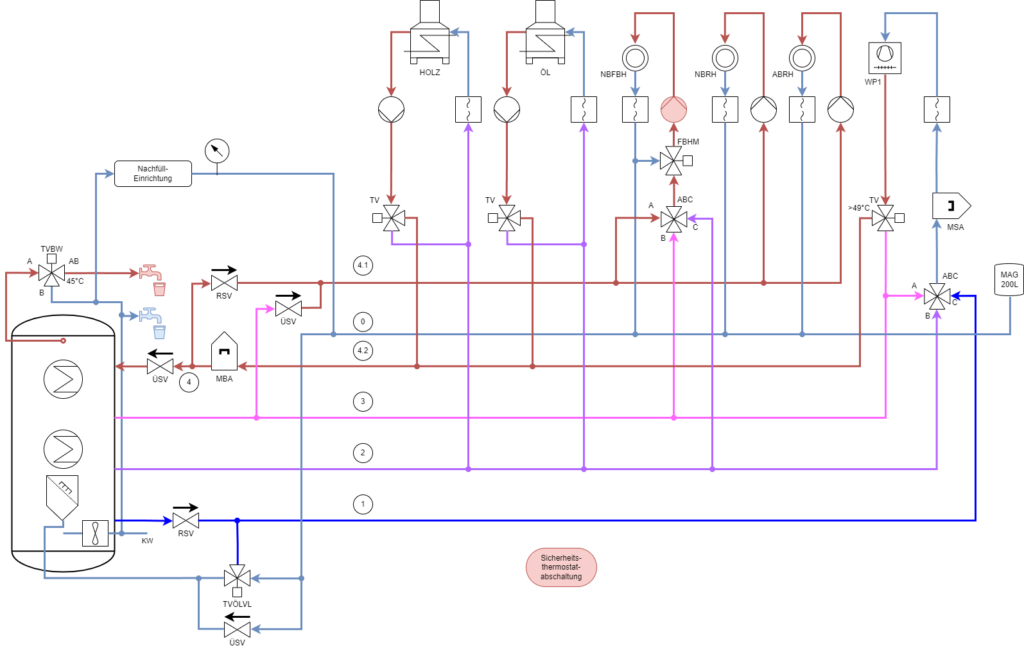
ÜSV – Überströmventil – Overflow (Pressure) Valve
MBA – Mikroblasenabscheider – Microbubble Air Separator
MSA – Magnetischer Schlammabscheider – Magnetic Dirt Separator
And here is, how it looks in reality up to now (work in progress)
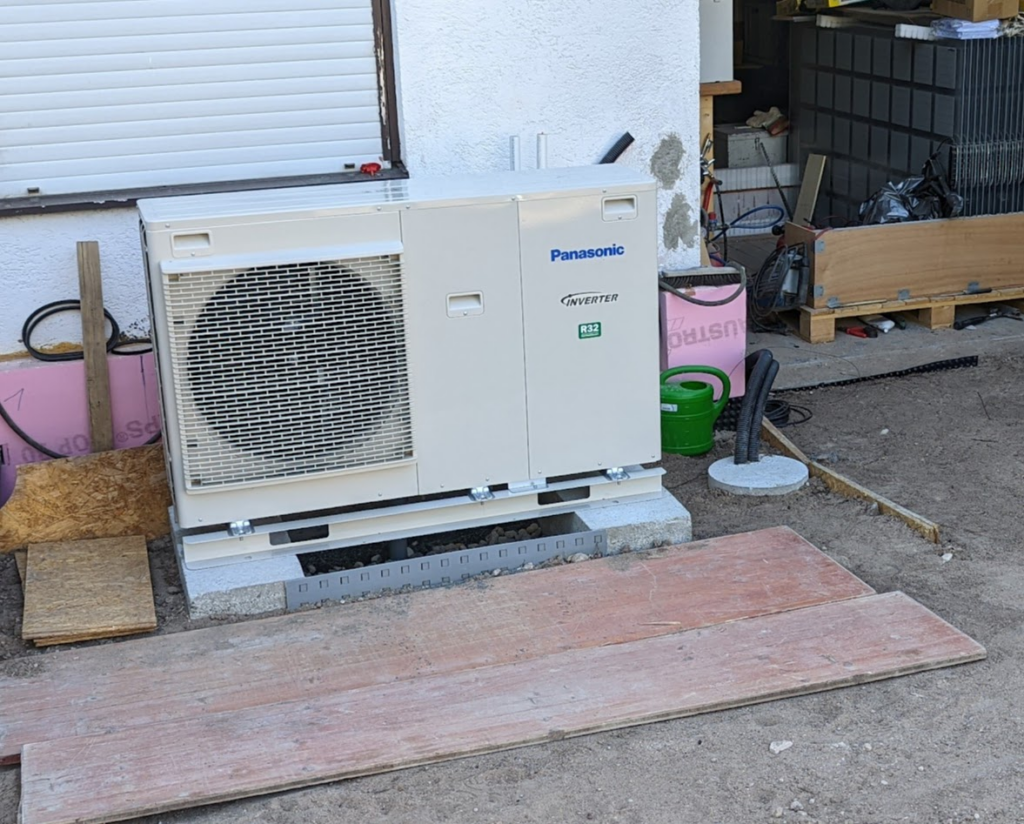
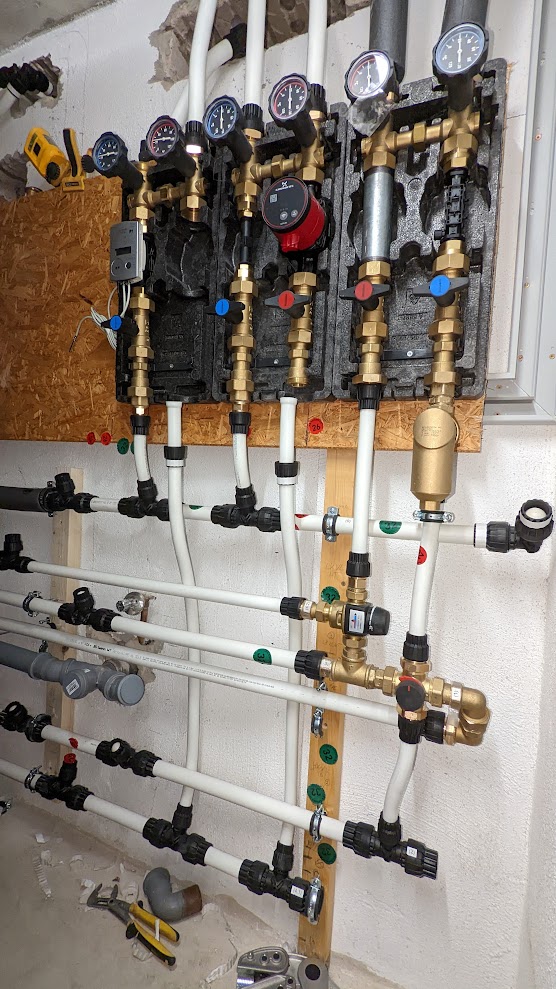
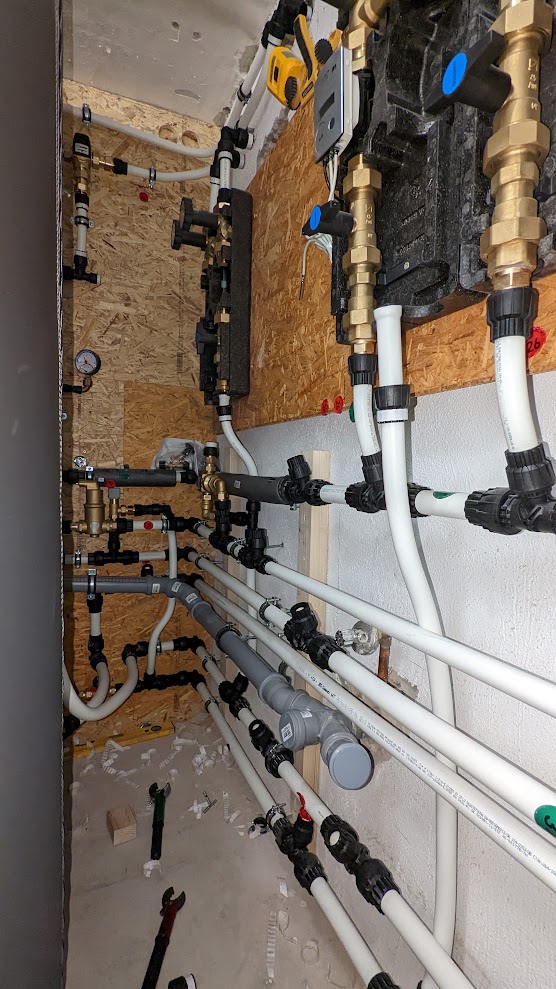
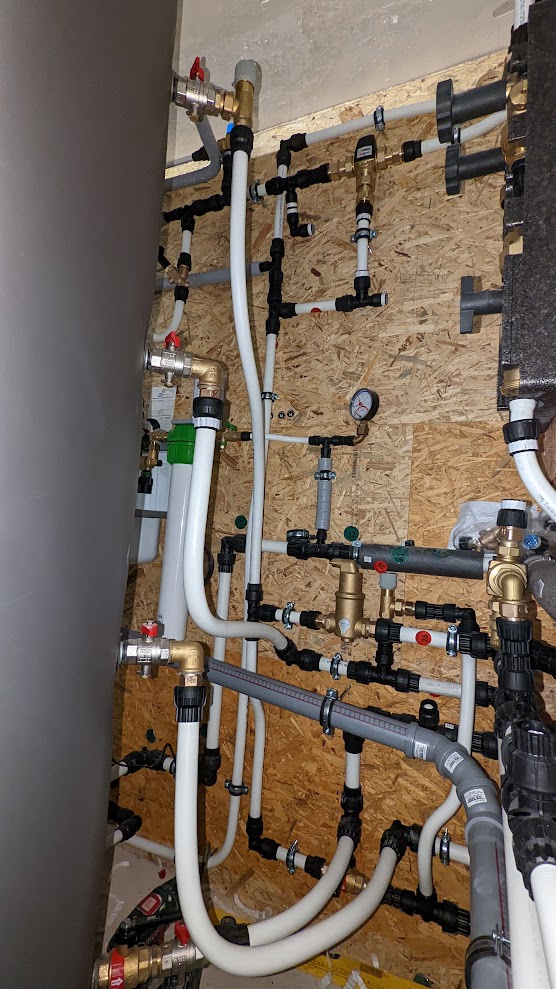

1 Kommentar bisher